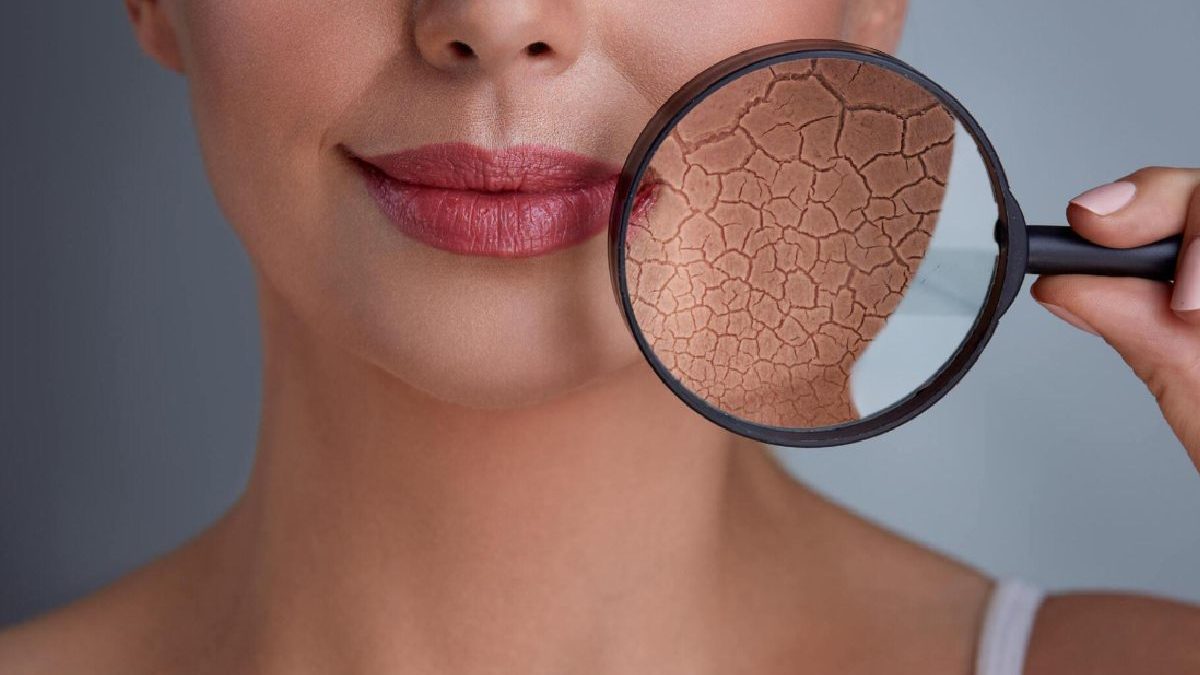Table of Contents
Definition
Repair Damaged Skin – This complex process uses different types of cells to destroy necrotic tissue and repair will damage skin parts. The healing process occurs in two major stages: immediate restoration of the skin tissue and more prolonged, more complete regeneration of the injured tissue.
How does the skin repair itself?
Any injured skin can repair itself. From regeneration to healing, the skin repairs itself. Nature is well done, but how does it work?
Skin Regeneration
The skin comprises a succession of tissues, the outermost of which is called the epidermis. This tissue consists of several layers of cells. However, the extreme includes dead cells that desquamate and renew themselves constantly. It is a natural physiological process. Any damage to the epidermis on its surface (wound, burn, cut, etc.) triggers an acceleration of cell proliferation to close the skin wound as quickly as possible.
Skin Regeneration And Healing
In its broadest sense, the term “regeneration” designates all the repair phenomena during which an individual regains his integrity. It is the replacement by the body of a part lost spontaneously, accidentally, or experimentally. Healing can, to some extent, be considered a modality of regeneration in the broad sense. Resurrection, in the strict sense, corresponds to restoring both the function and the form of an injured or amputated organ.
In individualized multicellular animals of simple structure, such as sponges, mollusks, etc., regeneration is a frequent and rapid phenomenon. On the other hand, regeneration is rarer in more evolved beings. Insects, fish, some amphibians, and lizards only regenerate their limbs and/or their tails. Finally, in birds and mammals, regeneration is limited to a small number of tissues, such as bone marrow, liver, bone, and superficial skin. Thus, while regeneration and healing go hand in hand in many vertebrates, they generally represent two distinct phenomena.
Concerning adult human skin, the distinction between regeneration and healing is, as we shall see, more subtle. The skin comprises two tissues: the outermost, the epidermis, resting on a vascularized connective tissue, the dermis. In the epidermis, which contains several layers of cells, the outer layer is formed of dead cells that shed and are constantly replaced by the cells of the basal layer, which increase. Therefore, the epidermis, like all epithelia, is in constant renewal under normal physiological conditions.
Healing Of Damage Skin
Below the epidermis is the dermis, a more deep, richly vascularized layer. Any more profound injury to the skin can damage the dermis. To repair itself, it uses another physiological process: scarring.
This complex process uses different types of cells to destroy necrotic tissue and repair damaged skin parts. The healing process occurs in two major stages: immediate restoration of the skin tissue and more prolonged, more complete regeneration of the injured tissue.
Benefits Of Repair
Sure, knowing which herbs and ingredients are likely to help repair damaging skin and restore a more youthful appearance is all well and good, but what next? Do you have to buy all these ingredients yourself and try to find a way to mix them?
Hopefully not! Annmarie’s Citrus Stem Cell Serum contains all these ingredients, with an aloe vera juice base that absorbs directly into your skin, bringing all the goodness with it. However using daily, morning and night, for a month, this serum can help fade discolorations to reveal an even complexion and glowing skin. You might even want to get rid of your foundation.
How to Repair Skin Damaged by External Aggressions?
External Aggressions in Summer:
UV rays, sand, salt, and the change of pace weaken the skin. Desiccated, it needs all our attention to stay healthy. On the program: hydration, nutrition, and a lot of softness to get a new look for the start of the school year.
First, gently, in the shower, we prefer cold water, and 5 minutes are enough; staying an eternity in the rain never hydrates the skin. Whenever using a soap-free cleansing gel enrich it with moisturizing and nourishing agents such as surgeries or vegetable oils. However, when you get out of the shower, generously nourish your skin: with milk, cream, balm, or oil. We also take care of our diet: we choose “healthy” foods.
With the approach of autumn, our internal clock is set on the hours of sunshine and the day/night rhythm of summer, and it becomes disrupted with this sudden change, making our body more vulnerable to fatigue. To do this, enrich your diet with fruits and vegetables and opt for a glass of lemon juice in the morning.
External Aggressions in Winter
Dehydrated and reactive skin: You must prepare and repair your skin well in winter.
In winter, because of hostile climatic conditions: dry wind, cold, pollution, heating… you tend to have dehydrated skin. However, other internal factors such as fatigue or stress do not help matters. Over time, these repeat attacks prevent the skin from defending itself by damaging its hydrolipidic film and barrier function. She becomes
reactive and intolerant.
It is, therefore, necessary to protect it constantly but also to help it to rehydrate in the event of dryness and to repair it by adopting the right gestures:
- Moisturize your skin as soon as you wake up
- Protect your skin during the day with a rich cream that envelops it in softness
- Cleanse and repair your skin in the evening: mask and moisturizer every day
Conclusion
Damaging skin affects our health, well-being, and beauty. The skin begins to show signs of aging prematurely by becoming visibly deformed or discolored in places. However, while the body has a natural aging process, the skin tends to be exposed to certain environmental factors, which triggers a premature aging reaction.


